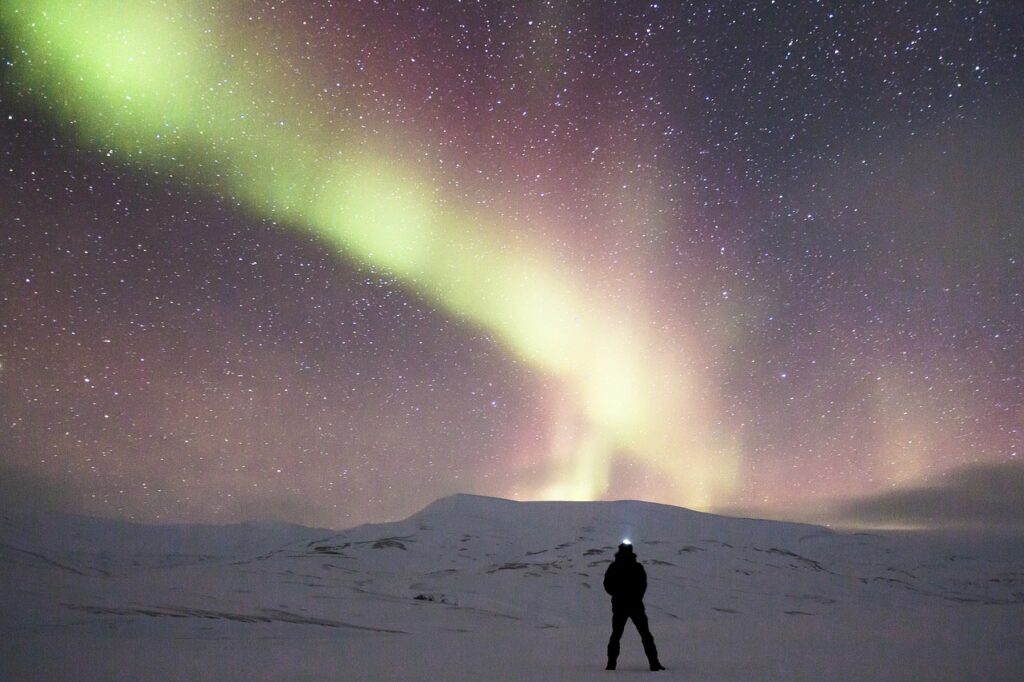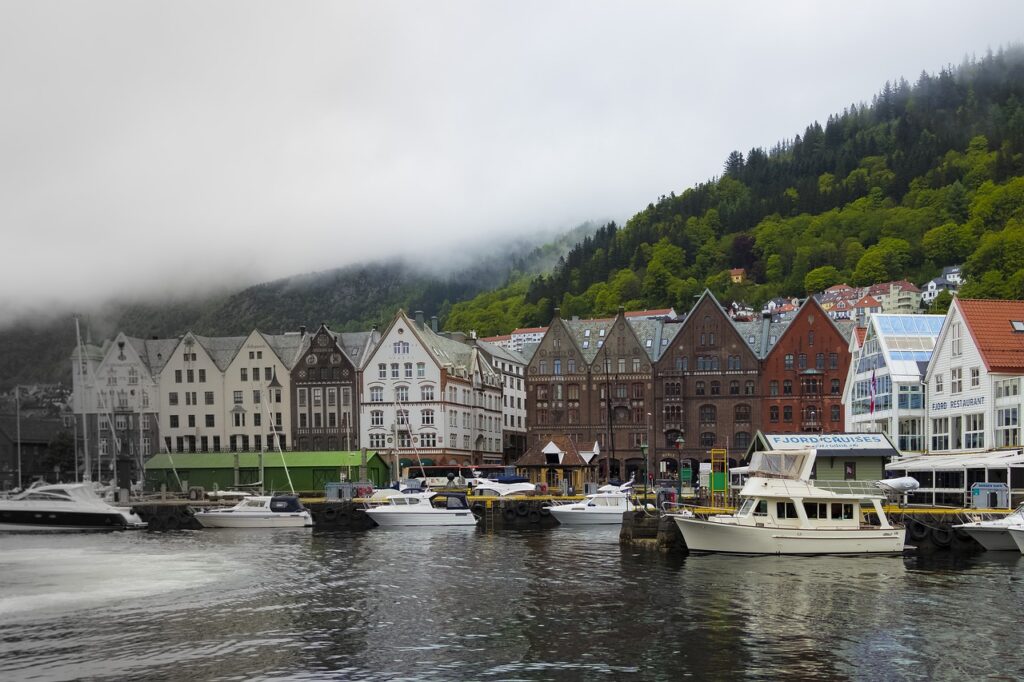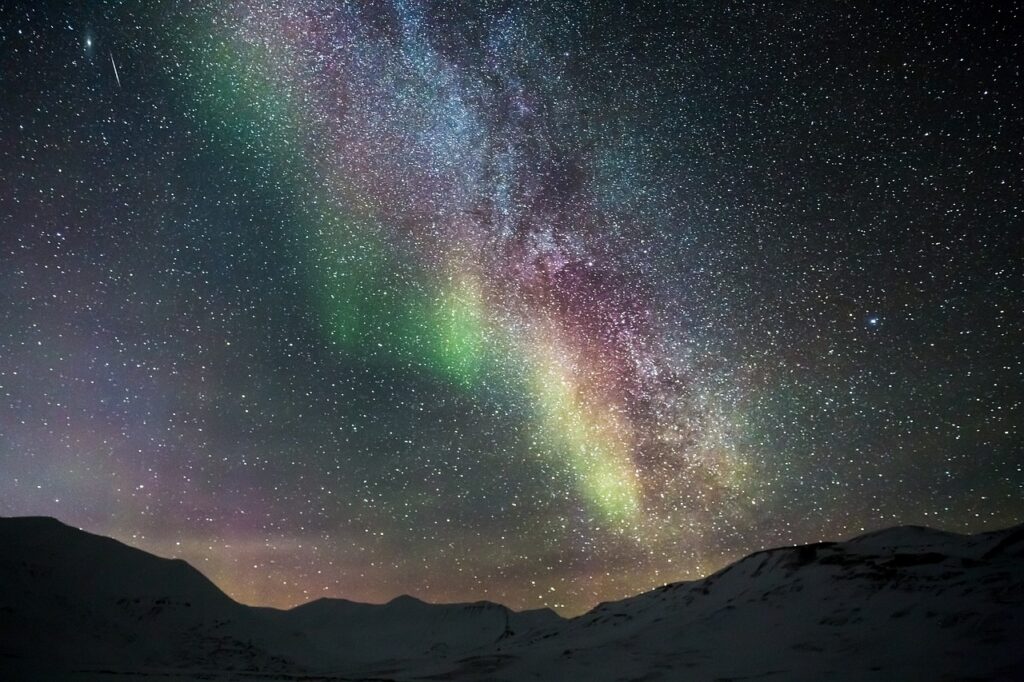Why are Scandinavians so tall? The Truth About Scandinavian Height
The phrase “Why are Scandinavians so tall?” echoes through common perceptions, often accompanied by images of towering individuals from the northern realms. In this exploration, we delve into the veracity of this claim, relying on factual information to unravel the factors that contribute to the height of Scandinavians. By examining data on average heights, the role of genetics, and the impact of nutrition and lifestyle, we aim to paint a clear picture of the truth behind the renowned stature of the Scandinavian people. The Perception of Scandinavian Height When it comes to height, Scandinavians have acquired a larger-than-life reputation, perpetuated by various portrayals in popular culture. One of the main contributors to this stereotype is the depiction of Vikings as towering figures with robust physiques. In countless movies, television series, and literature, Vikings are consistently portrayed as not only fierce warriors but also as individuals of considerable stature. This portrayal has played a significant role in shaping the perception that Scandinavians, by extension, are exceptionally tall. The imagery of Viking warriors, often adorned in horned helmets and wielding formidable weapons, has embedded itself in the collective consciousness. This enduring representation has not only fueled the belief in the tall stature of Scandinavians but has also become a key reference point in discussions about their height. However, it’s crucial to separate historical representations from contemporary realities and delve into the factual basis of the perceived height of Scandinavians. In the following sections, we will explore the data behind this stereotype, examining whether Scandinavians are indeed as tall as the popular narrative suggests. The Truth Behind Scandinavians’ Height To answer the burning question, “Why are Scandinavians so tall?” let’s delve into the hard data. According to extensive studies conducted by the NCD Risk Factor Collaboration and the World Health Organization (WHO), Scandinavian countries consistently rank high in average height. Nations such as Denmark, Sweden, Norway, and Finland boast average heights that often surpass the global mean. For instance, the average height for adult men in Denmark hovers around 183 cm (6 feet), while women average around 170 cm (5 feet 7 inches). Similarly, in Sweden, men stand at an average of 180 cm (5 feet 11 inches), and women at 166 cm (5 feet 5 inches). Norway and Finland exhibit comparable figures, with average heights well above the global average. Global context is crucial when examining this phenomenon. When comparing Scandinavian heights to the global averages provided by the WHO, it becomes evident that Scandinavians do, indeed, stand tall. The global average for adult men is approximately 171 cm (5 feet 7 inches), while women average around 159 cm (5 feet 3 inches). Scandinavians consistently surpass these averages, prompting a deeper exploration into the factors influencing their stature. Why are Scandinavians so tall? Examining the inquiry, “Why are Scandinavians so tall?” unveils the intricate relationship between genetics and height. Height, being a multifaceted trait, is intricately woven with a blend of genetic and environmental influences. Studies reveal that genetic factors wield considerable influence over the height disparities witnessed among individuals and populations. Investigations into familial and twin backgrounds have disclosed a heritability of approximately 80% for height—a testament to the significant role genetics plays in determining stature. For Scandinavians, existing evidence points towards a genetic inclination towards greater height. The exploration of genetic markers related to height through genome-wide association studies (GWAS) has yielded valuable insights. These markers, variations in DNA, can impact the functioning of genes associated with skeletal growth. While the specific genetic determinants contributing to the height of Scandinavians may differ, the overarching genetic landscape appears to contribute to their comparatively tall stature. Crucially, however, genetics does not offer a standalone solution to the puzzle of “Why are Scandinavians so tall?” Environmental elements, such as nutrition and healthcare, are integral contributors to the manifestation of genetic potential for height. Nutrition and Lifestyle When unraveling the mystery of “Why are Scandinavians so tall,” one must consider the significant role that nutrition and lifestyle play in determining height. Scandinavia boasts a generally high standard of living, and this has a direct impact on the well-being and growth of its population. A crucial factor contributing to the height of Scandinavians is the emphasis on a well-balanced and nutritious diet. Access to a variety of high-quality foods ensures that individuals receive the necessary nutrients during their formative years, promoting optimal growth. Adequate nutrition during childhood and adolescence is particularly vital for reaching one’s full height potential. Moreover, the high standard of living in Scandinavia extends beyond just nutrition. Access to quality healthcare, education, and overall socioeconomic stability creates an environment conducive to healthy growth. Factors such as low poverty rates and a strong social support system further contribute to the well-being of the population. Why are Scandinavians so tall? Conclusion In conclusion, the question “Why are Scandinavians so tall” unravels a nuanced interplay of genetic, nutritional, and historical factors. While the stereotype of towering Scandinavians holds some truth, the facts reveal a more intricate narrative. Genetic predispositions contribute to the height, but it’s crucial to acknowledge the impact of nutrition and lifestyle. Scandinavia’s high standard of living has historically provided optimal conditions for growth, resulting in an average height that stands out globally. The phrase “Why are Scandinavians so tall” may hint at a singular answer, but the reality is multifaceted. It’s not just about a genetic predisposition; it’s about the synergy of favorable living conditions over time. As we delve into the specifics, it becomes clear that Scandinavians’ stature is a product of nature and nurture, challenging us to appreciate the complexity of human height rather than relying on simplistic stereotypes.
Why are Scandinavians so tall? The Truth About Scandinavian Height Read More »









